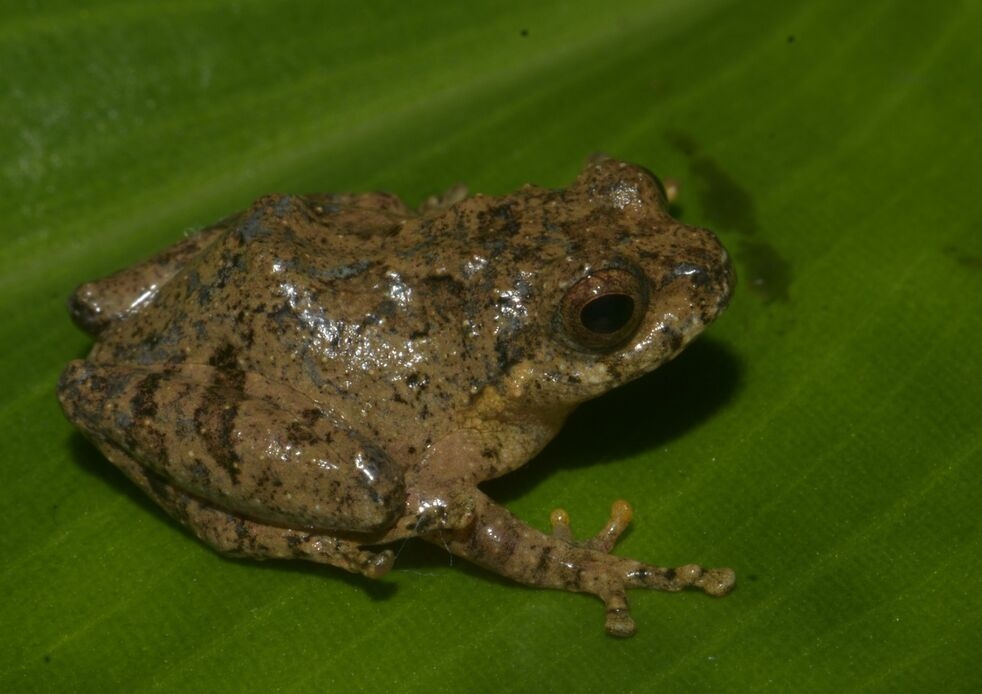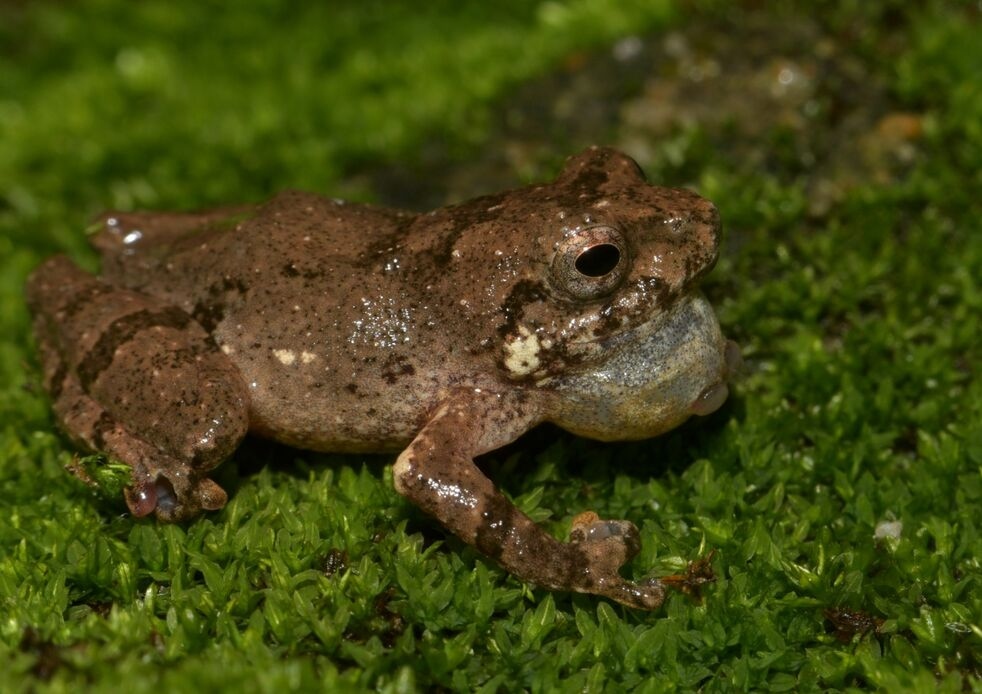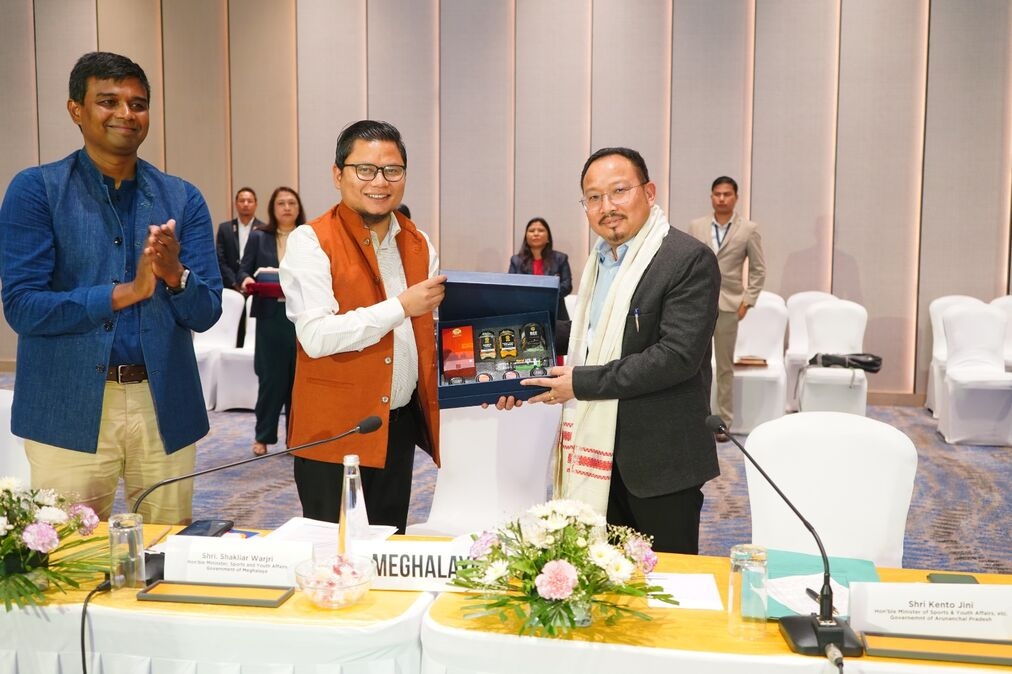Guwahati, July 26: In a rare blend of science, language, and local identity, two new species of bush frogs discovered in Meghalaya have been named in tribute to Khasi culture—marking a vibrant intersection of biodiversity and indigenous heritage.
Published in the Journal of Threatened Taxa, the study unveils Raorchestes jakoid sp. nov. and Raorchestes jadoh sp. nov., both part of the genus Raorchestes, known for their small size and direct development (skipping the tadpole stage).
What sets these frogs apart isn’t just their scientific novelty—but their names. ‘Jakoid’ is the Khasi word for ‘frog’, and ‘Jadoh’ refers to a beloved traditional dish of rice and meat central to Khasi cuisine. The choice of names is a deliberate nod to Khasi identity, and a call to recognise the deep ties between culture, language, and the natural world.
The frogs were discovered in the Khasi Hills: R. jakoid was found in Lawbah, East Khasi Hills (815m elevation), while R. jadoh was discovered in Langtor, Eastern West Khasi Hills (1,655m). Both species were observed in vegetation near human settlements, suggesting ecological resilience—but their habitats remain vulnerable to rapid land-use change.

Lead author Holiness Warjri, a native of Langtor, described the find as personal and profound. “Discovering a new species in my own village is humbling. Naming it jadoh—something that brings Khasi families together—was my way of honouring our roots. I hope this frog becomes a symbol of pride and protection for our people,” he said.
The research team included experts from Assam Don Bosco University, Help Earth, and Mizoram University, combining field surveys with genetic (16S rRNA) and acoustic analysis to validate the frogs as distinct. Both species belong to the Raorchestes parvulus complex, known for its taxonomic challenges and cryptic diversity.
The discovery also shines a spotlight on Meghalaya’s underdocumented amphibian richness. Located in the Indo-Burma biodiversity hotspot, the state remains a goldmine for herpetological research, but faces increasing pressure from habitat degradation.
The authors advocate for urgent field surveys and protective measures to safeguard this newly identified amphibian diversity. But beyond the lab and forest floor, this discovery sends a louder message: conservation must speak the language of the people.
With frogs named after Khasi words and cuisine, Meghalaya’s newest amphibians are more than species—they’re cultural ambassadors for a land where nature and tradition are deeply entwined.
Commenting on the discovery, Guwahati-based wildlife biologist Jayaditya Purkayastha shared, “With my mother hailing from Shillong, Meghalaya has always held a special place in my heart. Documenting its biodiversity isn’t just academic work for me—it’s a personal tribute to a land I consider my second home.”




